- Learning time
- 40 minutes
- First play time
- 120 minutes
Northgard: Uncharted Lands
Designed by: Adrian Dinu
In Northgard: Uncharted Lands, the players each represent a Viking clan exploring a vast continent. You’ll explore, build, recruit – and, you will not be surprised to hear, fight.
The continent is represented by landscape tiles: during set-up, players add two tiles each around a single starting tile and populate them with warriors. The tiles form a series of territories: each tile shows borders than can (and must) connect: when adding a tile, you can’t connect two different clans together, and you can’t leave an unfinished border stranded. Other than that, you can orient them how you like, and if you have warriors in any territory, you control it: control is important both for scoring, and gathering of resources, as we’ll see. Players also begin with some wood and some food.
Play then commences through the playing of cards. Everybody draws four cards from their own deck and takes turns either playing a card, or taking another action. The playing of cards is the main thing you’re trying to do, so we’ll cover that first: each card offers an action. Often, they’re one of the four basic actions: recruit is adding more warriors to a territory you control; build is spending wood to construct a building; move is move warriors across borders into another territory (possibly triggering combat with another player!) and explore is adding more tiles to the growing landscape around you.
Recruiting is good because Northgard is often fairly combative, and a bigger force is more effective than a smaller one. Buildings – always built in your own territories – do various helpful things, such as getting you more resources or making your territory harder to attack. Moving increases your controlled territories and likewise exploring: at the end of each round players score points for all their controlled territories, so expanding outward rather than attacking others is a valid way to achieve that.
Instead of activating a card, you can play a card and not activate it (this is called waiting) or you can spend runes, the game’s third resource, to draw further cards from your deck (possibly dumping basic cards from your deck in the process), or add one of two advanced cards to your hand – each clan begins with two.
If you’ve no more cards to play (or no more cards you want to play!) you pass and boost your deck by adding a new card from a display: passing first can feel dangerous on the board, but does give you the most choice of available cards. Then everyone can harvest at the same time: scoring points for territories and gathering resources from territories and buildings, before feeding your warriors so they’ll stay loyal to you – not being able to feed them all carries a punitive measure in the form of a useless points-deduction card that also gums up your deck. The game ends either after the seventh round (most points wins) or at the end of any round if any single player controls territories with three of the large buildings in them.
The guru's verdict
-
Take That!
Take That!
It's not relentless, and could even be played mostly-peacefully. But combat is an integral feature of the game and also the experience.
-
Fidget Factor!
Fidget Factor!
Moderate. Northgard, once you know it, doesn't have chess-like ramifications to every turn and feels more tactical than strategic. But it's not lightening-fast either.
-
Brain Burn!
Brain Burn!
Each turn you've much to consider: play this card, or that one? Risk waiting or upgrading? Allied to the potential movement on the board and the timing of when you pass, and there's plenty to keep your brain occupied.
-
Again Again!
Again Again!
Even the base game offers huge variety from a number of factors, not least how the landscape builds as it is explored and how aggressive the players are feeling. But the box offers a couple of expansions too, for when you're familiar with the basics.


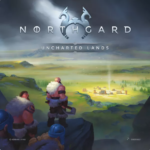


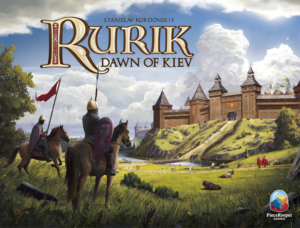
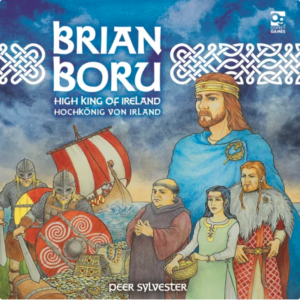
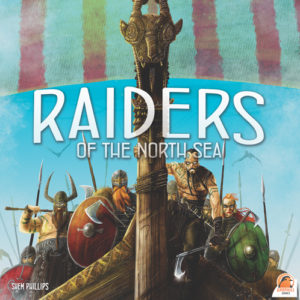
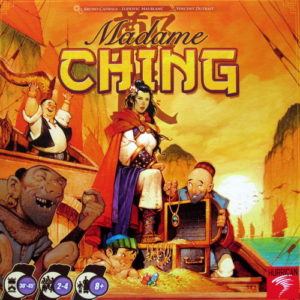

Sam says
A spicy, axe-laden punch-up across the rolling hills of somewhere-or-other (the game is vague on that) between players who love some chicanery. We've not covered combat here but it's a fairly simple thing of the greater force most-likely to win, but with players able to boost their recruits with both food and a dice roll. I haven't played the video-game inspiration for Northgard, and if I'm honest miniatures don't do much for me in a game: I'm happier with cubes from both an aesthetic and environmental perspective. But this is a lot of fun, offering strategies of mostly-peaceful versus mostly-aggro, the fun of improving your deck as rounds go by, and a lot of tactical power to your elbow regarding which card where and what shenanigans occur on the board. Despite the colourful, almost Disney-esque look however, it's not a simple game and there's a lot to take on board on your first play. But if you like a very interactive experience with a sense of escalation as players improve their cards, Northgard really does tick those boxes.